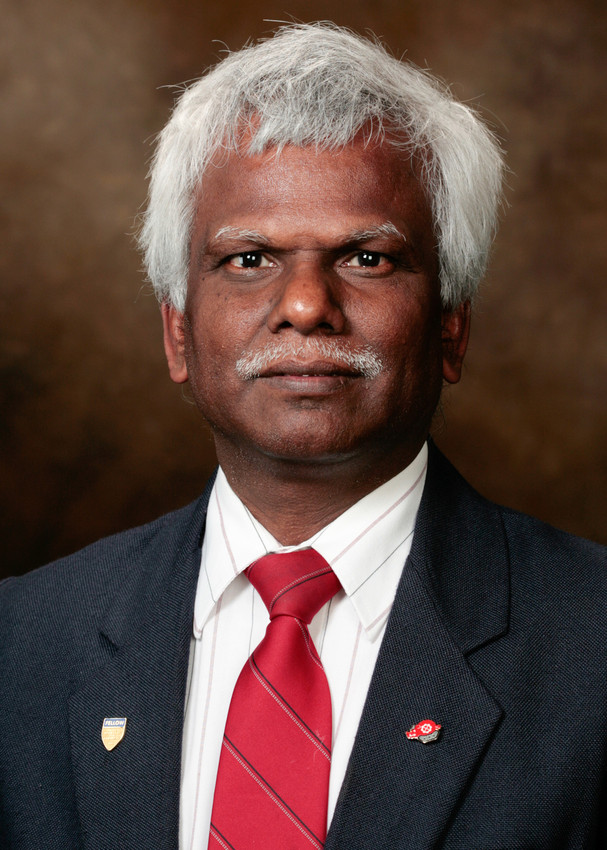
Panneer Selvam, University Professor of civil engineering, gave an inaugural speech and a keynote speech at Peru's National Congress of Civil Engineering in November. This event brings together thousands of civil engineers from across the Peru, as well as invited professionals from around the world.
At the event, Selvam presented his research in two different areas: bridge aerodynamics and thermal energy storage systems.
In his inaugural speech, Selvam discussed his research on the effect of wind on bridges. Wind can cause a phenomenon called aeroelastic flutter, in which vibrations caused by the wind become amplified by a structure's natural vibration. This can cause motion that can damage the structure. A famous example of this process is the Tacoma Narrows Bridge, which collapsed due to flutter just four months after it opened.
When designing structures such as bridges and aircraft, engineers must take flutter into account. In his presentation, Selvam explained that computer modelling is a useful tool to predict the effects of flutter on structures. Compared to research in a wind tunnel, which takes months and costs around $100,000, computer modelling is an efficient and cost-effective method.
Selvam presented his research on thermal energy storage, or TES, systems in a key note address at the congress. TES systems store solar energy as heat. Solar energy has great potential as an alternative to fossil fuels, but first, engineers must find a more efficient way to store this intermittent energy source.
TES systems, which are used by solar power plants, use molten salt to store energy in the form of heat. However, these systems are too costly; reducing the cost of this type of storage could help these plants bring down the cost of solar energy. Selvam and his Ph.D. student, Matthew Strasser, have determined that using a single-tank configuration and replacing molten salt with air can reduce costs of TES by more than 30 percent.
In addition to presenting his research, Selvam also spoke to a faculty member at the Peruvian Universidad Nacional de Ancash Santiago Antúnez de Mayolo about possible collaborations between faculty or students at the two institutions.
Contacts
Camilla Shumaker, director of communications
College of Engineering
(479) 575-5697, camillas@uark.edu